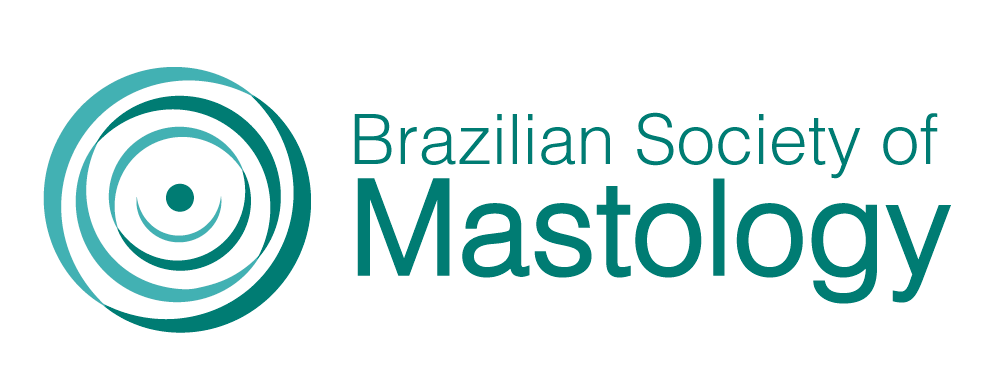HOW MUCH CAN WE TRUST ON THE SELFREPORTED COLOR WHEN EVALUATING BREAST CANCER ANCESTRY
Palavras-chave:
Breast Cancer, Epidemiology, Genetic Variation, Molecular Pathology, BrazilResumo
Objective: To evaluate the association between self-reported color and ancestry in Brazilian patients with breast cancer (BC). Methods: Ethics approval 1136/2016. This was an observational, transversal, epidemiological study, evaluating 1,215 patients with BC. DNA was extracted to evaluate ancestry. For genetic ancestry, a 46 AIM-INDEL panel was used, and the polymerase chain reaction (PCR) products were subjected to capillary electrophoresis. The ancestral profile was evaluated with Structure v.2.3.3 software, for ancestry proportion, the percentages of ancestry in the different self-referred colors. For this purpose, descriptive statistics was performed (mean ± standard deviation [minimum − maximum]). To assess differences between groups, ANOVA and Bonferroni were used. Results: The color distribution was 77.9% (946) white, 17.4% (212) brown, 4.1% (50) black, 0.3% (4) yellow, and 0.2% (3) mixed. Genetically, the African ancestry proportion was significantly (p<0.001), more evident in blacks (0.63±0.21 [0.17–0.96]), followed by browns (0.25±0.16 [0.02–0.70]), and less frequent in white skin color. The European ancestry proportion was significantly (p<0.001) higher in whites (0.7±0.17 [0.02–0.97]), followed by browns (0.57±0.19 [0.12–0.92]), yellow (0.27±0.31 [0.12–0.620]), and black (0.24 ± 0.19 [0.02–0.72]). The Asiatic ancestry proportion was significantly (p<0.001) higher in yellow (0.48 ± 0.51 [0.04–0.93]) with less difference between the other groups. Finally, the Amerindian ancestry proportion frequency was less frequent in all groups, and cafuse patients did not express differences between all race groups. Brown race group presented differences in the African and European Ancestry. Conclusion: Although we found many similarities between white color — European ancestry, black color — African ancestry, and yellow color — Asian ancestry, there is great miscegenation between patients and although they can be labeled as having one color, they do present many ancestral genes that would allow their inclusion in another race group.
Downloads
Downloads
Publicado
Como Citar
Edição
Seção
Licença
Copyright (c) 2021 René Aloisio da Costa Vieira, Débora Sant’Anna de Andrade e Silva, Ana Carolina Laus, Carlos Eduardo Bacchi, René Julias Costa e Silva, Idam de Oliveira-Junior, Rui Pereira, Rui Manuel Vieira Reis

Este trabalho está licenciado sob uma licença Creative Commons Attribution 4.0 International License.







